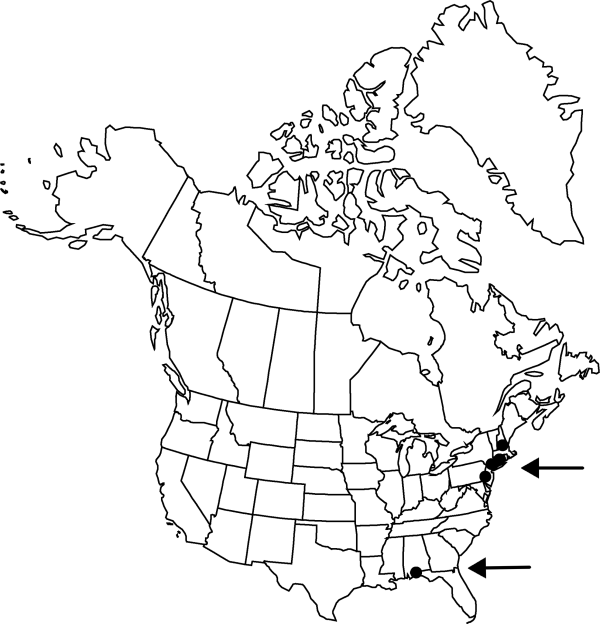Atriplex tatarica
Sp. Pl. 2: 1053. 1753.
Herbs, much branched, forming tangled or spreading masses. Stems with branches divaricate or ascending, terete or obtusely angled, 2–10 (–15) dm, sparsely scurfy when young. Leaves alternate (or the proximalmost opposite), long petiolate becoming nearly sessile distally, blade ovate to triangular, 15–50 (–60) × 10–40 mm, base subhastate or cuneate, margin deeply or shallowly sinuate-dentate with acute or obtuse teeth, apex acute or obtuse, distalmost bracteate blades becoming entire and linear or oblong-linear. Staminate flowers in glomerules borne in slender, naked or sparingly bracteate (at base), mostly interrupted simple or paniculate spikes, calyx 5-cleft. Pistillate flowers fascicled in distal axils. Fruiting bracteoles strongly 3-veined and reticulate, sessile or short stipitate, ovate-rhombic or subflabelliform, 4–8 × 3–7 mm, moderately compressed, united from narrowed base to middle, margin broad, foliaceous, coarsely dentate, indurate at maturity, faces tuberculate or smooth. Seeds brown, 1.5–2 mm; radicle inferior, ascending.
Phenology: Flowering late summer–fall.
Habitat: Atlantic and Gulf coasts, ballast and waste grounds
Elevation: 0-50 m
Distribution

Introduced; Ala., Conn., Fla., Mass., N.H., N.J., Pa., Europe
Discussion
H. M. Hall and F. E. Clements (1923) treated Atriplex tatarica at specific level with the above distribution (as an introduced ballast plant of rare occurrence), but did not recognize the closely similar A. laciniata, which is currently the species recognized for coastal eastern America. They evidently interpreted A. tatarica to include A. lampa Gillies as identified by P. C. Standley (1916). Atriplex lampa is a shrubby species from South America and does not figure in consideration of North American taxa. Atriplex tatarica includes a complex of forms and varieties in Flora URSS (M. M. Iljin 1936). In Flora Europaea (P. Aellen 1964b) A. tatarica and A. laciniata are separated in the key by the glomerules of A. tatarica being borne in terminal, leafless, often long panicles, whereas those of A. laciniata are borne axillary or in leafy clusters. The species differ otherwise in stature, A. laciniata being a dwarf plant up to 30 cm and with small leaves, A. tatarica being a robust annual up to 150 cm, and with large leaves. The illustration by Hall and Clements (fig. 38) shows a plant with leafy panicle.
Atriplex tatarica has been ignored by H. A. Gleason and A. Cronquist (1991) and by all other authors of floras covering the northeastern United States.
Selected References
None.
Lower Taxa
"dm" is not declared as a valid unit of measurement for this property."dm" is not declared as a valid unit of measurement for this property.